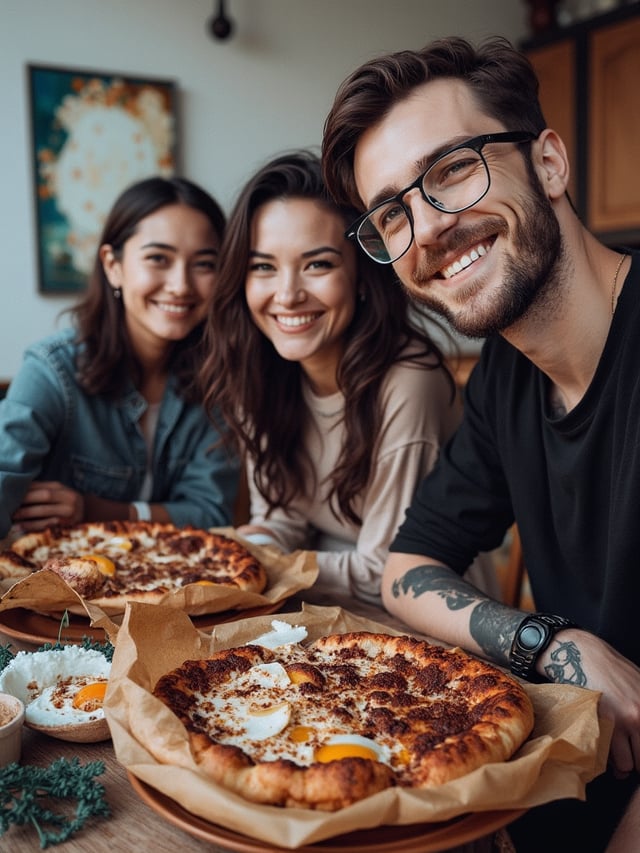Exploring Camera Angles in Photography #HALLOWEEN #HALLOWEEN2024 #JENGLORD
Exploring Camera Angles in Photography1. Eye-Level Shot The eye-level shot is the most natural and common angle, placing the camera at the subject’s eye level. This angle creates a sense of equality and intimacy, making it perfect for portraits and candid shots. It allows the viewer to connect directly with the subject, as if they were looking them in the eye.2. High Angle A high angle shot is taken from above the subject, looking down. This angle can make the subject appear smaller, weaker, or more vulnerable. It’s often used to convey a sense of powerlessness or to provide a broader view of the scene. High angles are great for capturing landscapes, crowds, or creating a sense of scale1.3. Low Angle Conversely, a low angle shot is taken from below the subject, looking up. This angle can make the subject appear larger, more powerful, or more imposing. It’s commonly used in portrait photography to give the subject a sense of dominance or in architectural photography to emphasize the height and grandeur of buildings2.4. Bird’s Eye View A bird’s eye view is an extreme high angle shot taken from directly above the subject. This perspective can create a sense of abstraction and is excellent for capturing patterns, layouts, and scenes that benefit from a top-down view. It’s often used in landscape, architectural, and food photography3.5. Worm’s Eye View The worm’s eye view is the opposite of the bird’s eye view, taken from ground level looking up. This angle can create a dramatic and unusual perspective, making everyday objects appear monumental. It’s particularly effective in nature photography, capturing the underside of plants or the towering height of trees2.6. Dutch Angle (Tilted Angle)A Dutch angle involves tilting the camera so that the horizon line is at an angle. This can create a sense of unease, tension, or dynamism in the image. It’s often used in creative and experimental photography to add an edgy, unconventional feel to the shot4.7. Over-the-Shoulder Shot This angle is commonly used in portrait and narrative photography. The camera is positioned behind one subject, focusing on another subject or scene. It’s a great way to create a sense of perspective and context, often used in storytelling to show the viewer what the subject is seeing1.8. Close-Up and Extreme Close-Up Close-up shots focus tightly on a subject, often a face or a small detail, to highlight emotions or intricate details. Extreme close-ups go even further, capturing minute details that are not visible to the naked eye. These angles are powerful for conveying emotion and detail3.9. Wide Shot A wide shot captures a broad view of the scene, including the subject and their surroundings. This angle is ideal for establishing context and showing the relationship between the subject and their environment. It’s commonly used in landscape and architectural photography4.Conclusion Experimenting with different camera angles can transform your photography, adding depth, interest, and emotion to your images. Whether you’re aiming for a sense of power, vulnerability, intimacy, or abstraction, the right angle can make all the difference. So, grab your camera and start exploring the world from new perspectives!#GUIDE #HALLOWEEN #HALLOWEEN2024 #ARTICLES #JENGLORD






















